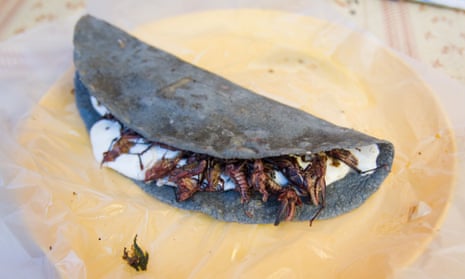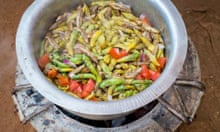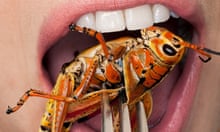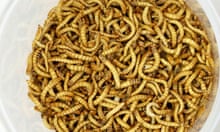If you’re looking for a novelty Christmas dinner that will help curb greenhouse gases, why not try eating insects? Conventional meat farming produces massive amounts of greenhouse gases, especially from sheep and cattle belching methane – a gas roughly 20 times more powerful as a heat-trapping gas than carbon dioxide.
Add to that other culprits, such as nitrogen oxides given off from fertilisers and carbon dioxide created in transport and refrigeration. All told, the livestock industry gives off 18% of all manmade greenhouse gases. Insects, though, give off far less greenhouse pollutants for the same weight of food.
Red meat is an even bigger environmental problem. It takes about 3,290 litres of water to produce a 150g beef burger – the equivalent insect burger needs less than a pint. Livestock uses about a third of the Earth’s croplands to grow feed, while insect farming needs very little land and they breed quickly.
Insects are also extremely nutritious, rich in calcium, zinc, omega-3 fatty acids and low in cholesterol. They are particularly full of protein – crickets can contain more protein than the equivalent weight of beef, and they are 12 to 25 times more efficient in converting their feed into food for us.
Crickets have been eaten for centuries, particularly in Asian Pacific region countries, where they are seen as a nutritious food.
Two billion people eat insects regularly and about 1,900 insect species have been documented as a food source. In Thailand alone there are more than 20,000 insect farms, yielding around 7,500 tonnes of insects each year.
The biggest problem appears to be that we British are just too squeamish when it come to eating insects.










Comments (…)
Sign in or create your Guardian account to join the discussion